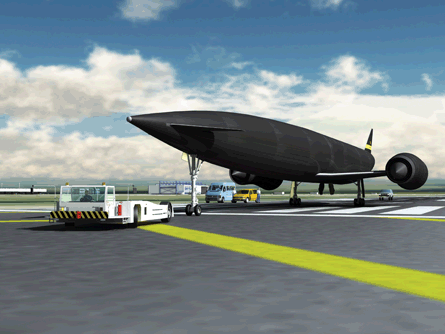Testing is under way to demonstrate the heat exchanger technology crucial to a hybrid air- and liquid oxygen-breathing rocket motor that Oxford-based Reaction Engines believes will enable single-stage-to-orbit flight.
The Sabre engine is intended to power a reusable, runway take-off and landing unpiloted spaceplane called Skylon, which promises to put payloads of up to 12t into orbit - and as much as 6t to a high geostationary orbit - for 10% of the cost of a traditional rocket launch.
Reaction's Sabre engine relies on a heat exchanger capable of cooling incoming air to -140C, to provide liquid oxygen (LOX) for mixing with hydrogen to provide jet thrust during atmospheric flight before switching to tanked LOX when in space.
 |
|---|
© Reaction Engines |
Reaction insists the heat exchanger works, but trials set to run to year-end are needed to demonstrate to waiting investors that the technology is viable. Then, the company says, its investors are ready to release £200 million ($325 million) for a 2012-14 project phase to build an engine demonstrator. If successful, a further £7.5 billion ($10 billion) should be forthcoming to develop the airframe for service from 2020, says the company.
The Skylon design - to be developed and built in partnership with an established aerospace manufacturer - features a fuselage and wing load bearing structure made of carbonfibre-reinforced plastic. An external shell of fibre-reinforced ceramic carries only aerodynamic pressure loads, which are transmitted to the fuselage structure through flexible suspension points.
At 87m (285ft) long and with a 25m wingspan, Skylon would be capable of carrying 10t to the International Space Station.
Ultimately, Reaction intends to build the Sabre engines itself.
Source: Flight International






















